-63%
Principles and Practices in Augmentative and Alternative Communication
Understanding Augmentative and Alternative Communication (AAC)
AAC refers to a broad spectrum of tools and techniques designed to enhance or replace natural speech and language. It encompasses a wide range of methods, from simple gestures and picture boards to complex speech-generating devices.
The Communication Model and Its Components
The communication model serves as a framework for understanding and assessing AAC needs. Its key components include:
Means to Represent: This refers to the symbols, gestures, or other methods used to convey messages. AAC symbols can be aided (e.g., electronic devices) or unaided (e.g., gestures, manual signs).
Means to Select: This involves the processes used to choose the appropriate symbols or methods to express messages. AAC technology plays a significant role in facilitating symbol selection.
Means to Transmit: This relates to the physical means by which messages are communicated, such as speaking, sign language, or using a speech-generating device.
Major Units of Principles and Practices in Augmentative and Alternative Communication
This comprehensive textbook is organized into five major units:
Unit 1: Introduction to AAC
This unit provides an historical overview of AAC, its current practice models, and the ethical considerations involved in implementing AAC interventions.
Unit 2: AAC Symbols
This unit explores the diversity of AAC symbols, including aided and unaided options. It discusses the advantages and limitations of each symbol type and guidance for selecting appropriate symbols for specific individuals.
Unit 3: AAC Technology
This unit examines the various AAC technologies available, including speech-generating devices, eye-tracking devices, and communication software. It provides an understanding of the benefits and challenges associated with each technology type.
Unit 4: AAC Assessment
This unit outlines the principles and practices involved in AAC assessment. It covers vocabulary assessment, symbol selection, and the prescription of AAC technology to meet the specific communication needs of individuals.
Unit 5: AAC Intervention
This unit focuses on the components of effective AAC intervention, including planning, implementation, and evaluation. It provides real-world examples and case studies to illustrate best practices in different settings.
Classroom Materials for Instructors
Educators teaching AAC can access additional materials at www.efacultylounge.com to enrich their classroom instruction. These materials include:
- PowerPoint presentations
- Discussion questions
- Case studies
- Rubrics for assessment
A Valuable Resource for Students and Professionals
As a foundational textbook in the field of AAC, “Principles and Practices in Augmentative and Alternative Communication” offers students and professionals an invaluable resource that is current, practical, and comprehensive. Its multi-unit structure and wide range of topics provide a deep understanding of AAC principles, assessment, and intervention strategies.
maybe you like these too:
- Diagnosing Dysarthria in Adults: A New Speech Assessment Method for Polish, English, and Spanish (EPUB + Converted PDF)
- Speech and Language Therapy: The decision-making process when working with children
- LaFleur Brooks’ Health Unit Coordinating, 7e (Original PDF from Publisher)
- Effective SLP Interventions for Children with Cerebral Palsy: NDT/Traditional/Eclectic

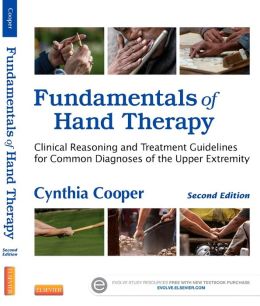
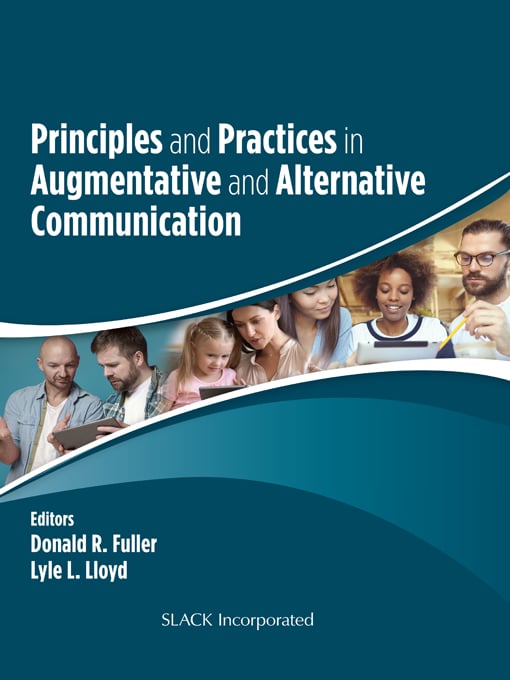
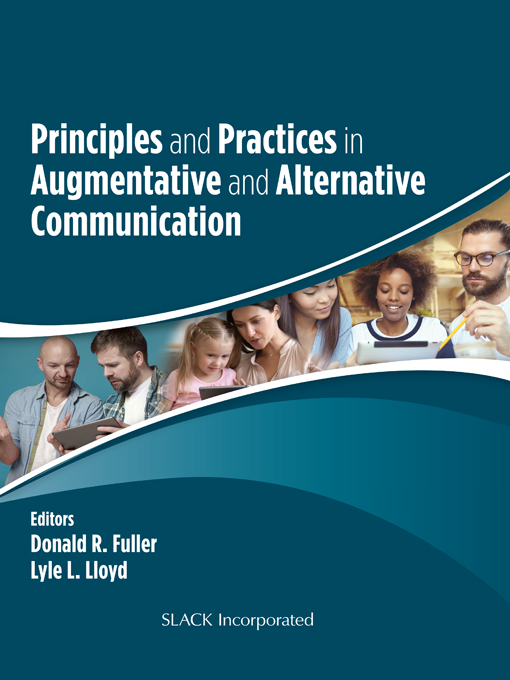
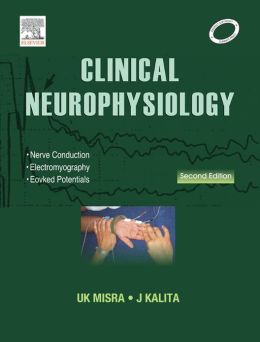
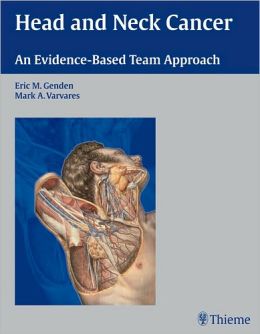
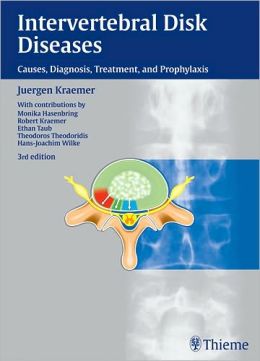
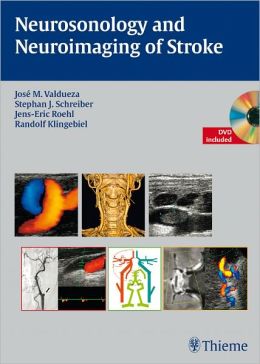
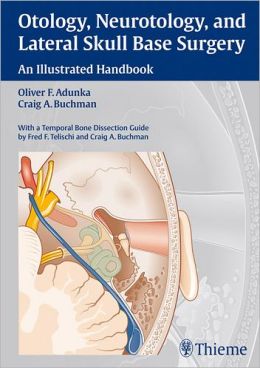
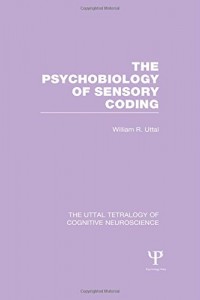
Reviews
Clear filtersThere are no reviews yet.